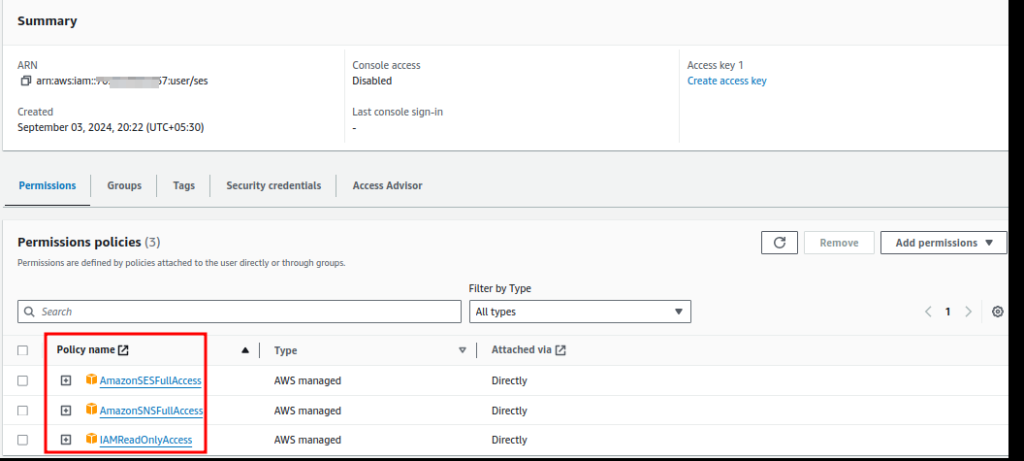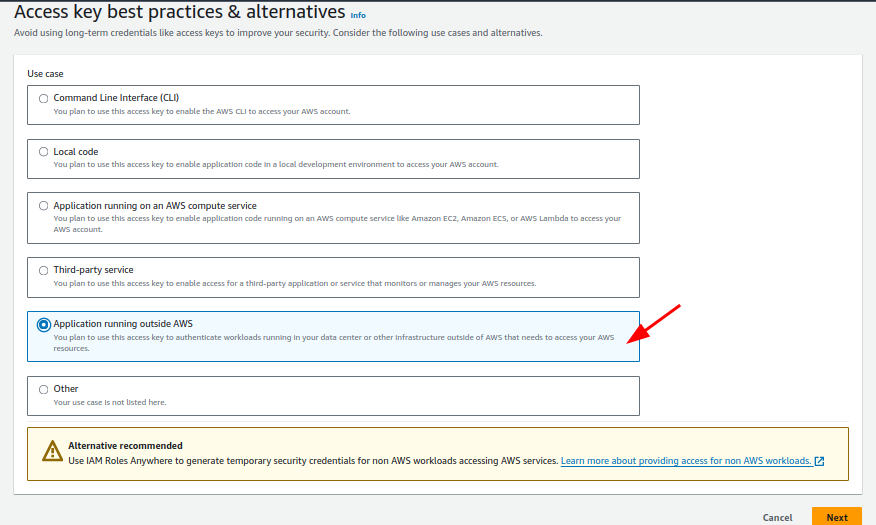In the realm of cloud computing, Amazon Simple Email Service (SES) has emerged as a powerful tool for developers and businesses looking to send emails at scale. One of the frequently discussed subjects around Amazon SES is how to authenticate your requests when sending emails. While many developers are accustomed to configuring SMTP settings, sending emails using AWS Access Keys can offer a streamlined approach that integrates seamlessly with the AWS ecosystem. This blog post dives into the steps and advantages of sending emails using Access Keys in Amazon SES.
What is Amazon SES?
Amazon Simple Email Service is a cloud-based email service designed to help businesses send marketing, notification, and transactional emails. With features like high deliverability rates, scalability, and a pay-as-you-go pricing model, SES is a preferred choice for many organizations.
Understanding SMTP Credentials vs. AWS Access Keys
When you send emails using Amazon SES, you typically authenticate using SMTP credentials (username and password) generated through the SES console. Alternatively, you can opt to use AWS Access Keys for programmatic access through the API.
SMTP Credentials:
- These are specific to SES and are used when connecting through the SMTP endpoint.
- They can be generated and managed within the SES console.
AWS Access Keys:
- These are IAM credentials (an access key ID and secret access key) that allow you to make API requests to AWS services, including SES.
- They can be used with various SDKs to send emails and perform other SES operations without separately managing SMTP credentials.
Advantages of Using AWS Access Keys
Using AWS Access Keys has several advantages:
- Unified Access Management: Instead of managing separate SMTP credentials, you can leverage AWS IAM to manage permissions and monitor access to SES through the same interface as other AWS services.
- Increased Security: Access Keys can be restricted to specific actions and resources using IAM policies, adding an extra layer of security.
- Easier Integration: If you’re developing an application that already uses other AWS services, it’s easier to integrate SES using Access Keys via AWS SDKs.
- Direct API Access: Access Keys enable direct interaction with SES APIs, allowing for more control and flexibility in email management.
How to Send Emails Using AWS Access Keys
Step 1: Configure Your IAM User
- Log in to the AWS Management Console.
- Navigate to the IAM Console.
- Create a new user

Under permissions, attach a policy that allows access to SES. You can use the managed policy: AmazonSESFullAccess , AmazonSNSFullAccess IAMReadOnlyAccessor create a custom policy with restricted permissions.
Step 2: Create Access Keys
- Still in the IAM User section, go to Security Credentials.
- Click on Create Access Key. You will get an Access Key ID and Secret Access Key—make sure to keep these secure.

Step 3: Install AWS SDK for Your Language
Amazon provides SDKs for various programming languages. You can choose the one that fits your project. Here’s an example using Python with Boto3. Install it using pip:
pip install boto3
Step 4: Write the Email Sending Code
Below is a sample code snippet on how to send an email using aws cli in Python:
sudo pip install awscli
aws configure
aws ses send-email \
--from "inditech@gmail.com" \
--destination "ToAddresses=aadhira@gmail.com" \
--message "Subject={Data=from ses,Charset=utf8},Body={Text={Data=ses says hi,Charset=utf8},Html={Data=,Charset=utf8}}"
Important Notes:
- Ensure that the sender’s email (Source) is verified in your SES console.
- Be mindful of the AWS region you use, as SES is region-specific.
Conclusion
Using Access Keys to send emails through Amazon SES can streamline your email-sending workflow while enhancing security and integration capabilities. By following the steps outlined in this blog post, you can easily set up sending emails through SES without relying on SMTP credentials. As you continue to build and grow your application, leveraging AWS services with IAM can simplify access and management, ultimately leading to a more efficient development process. Happy emailing!
